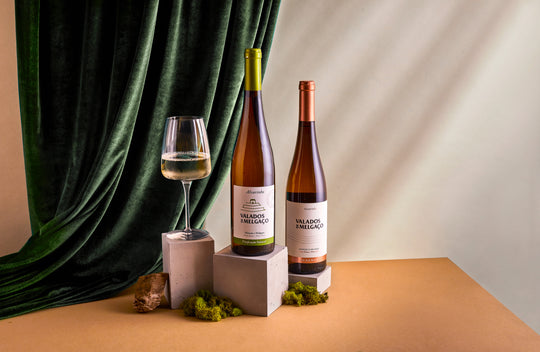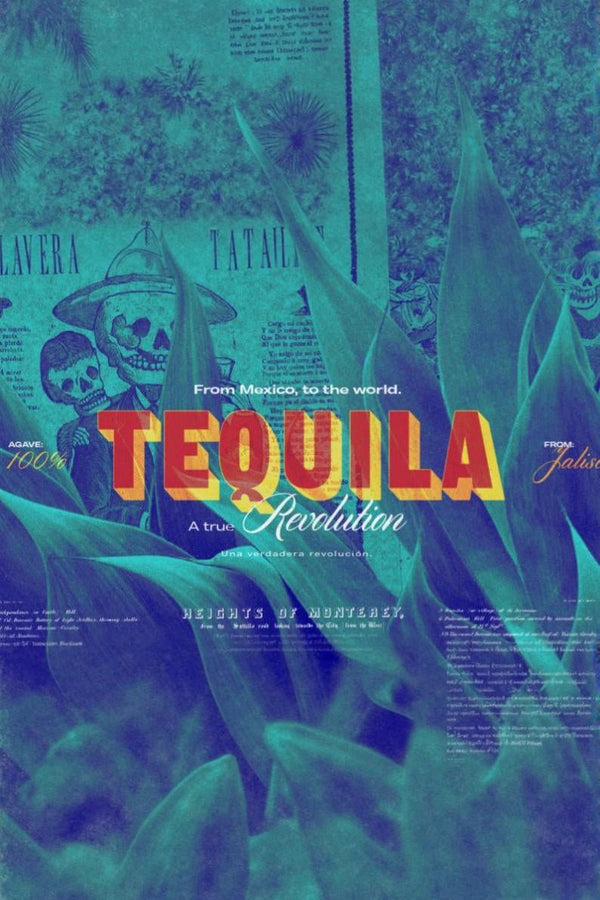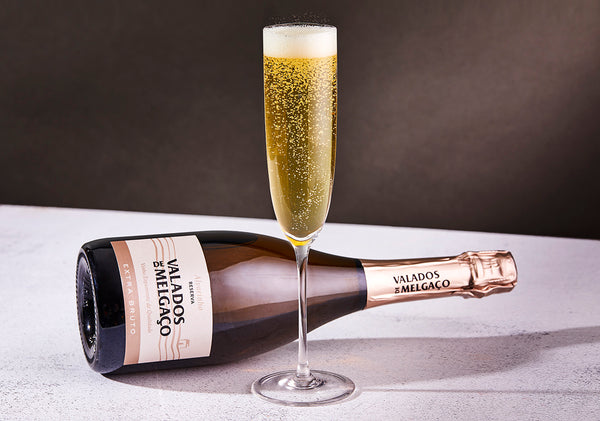Caipirinha, Brazil’s Refreshing National Drink

Brazil has given the world many wonderful contributions: Pele, the greatest football player in the history of the planet; samba music that sets the tone every year in the colorful, happy and decadent carnival, and caipirinha, its national drink and now a bar staple around the globe.
The refreshing, sweet, spicy drink (pronounced kai-purr-reen-yah) has a rather simple recipe: ½ lime, 1 ½ to 2 ½ teaspoons superfine sugar, ice cubes, mixed together before adding 2 oz. cachaça, and garnished with a lime wheel.
When preparing a caipirinha, be slow and thorough when muddling the ingredients to make sure you squeeze out as much juice as you can. And crush the peel along with the flesh to release its oils. Next add ice (traditionally cubed, not crushed) and pour on the liquor.
History has it that the caipirinha, diminutive for caipira, which refers to someone from the countryside (similar to the hillbilly) was invented by landowning farmers in the State of Sao Paulo during the 19th century, where the drink was enjoyed at community events and house parties.
Other accounts place its origins as a health tonic recipe made with lemon, garlic and honey to treat patients of the Spanish Flu in 1918. Someone later decided to get rid of the garlic and honey and just leave the fruit. People with colds still use it for health purposes in some instances because of its vitamin C content.
Yet another legend says sailors who drank citrus juices with spirits to prevent scurvy, a disease caused by a deficiency of vitamin C that is characterized by swollen bleeding gums and the opening of previously healed wounds that particularly affected poorly nourished sea travelers and pirates, took to drinking cachaça instead of rum when they landed in Brazil.
Whatever the case may be, caipirinha is now a global drink, enjoyed just as much in the United States as in Russia or Asia.
The main ingredient in caipirinha is cachaça, a spirit distilled from fermented surgarcane juice, one of Brazil’s biggest crops.
CACHACA
Pronounced “cah-shah-sah”, this beverage is to Brazil what tequila is to Mexico and vodka is to Russia.
It is often (and erroneously) called “Brazilian rum” and while the drinks may share sugarcane as their point of origin, they are not the same. Closed cousins, rum is often made from molasses, a by-product during sugar refinery, while cachaça is produced from the fresh-pressed juice of the sugarcane.
Cachaça then tends to have a more vegetal and robust taste, which makes it stronger and potent when drunk by itself.
Brazil is by far the largest producer of sugarcane and the biggest exporter of sugar in the world. The Portuguese introduced sugarcane to the country during colonial times more than 500 years ago, and the crop was considered “green gold” for the wealth it brought to landowners.
Cachaça production came soon after. In fact, the Brazilian Institute of Cachaça says this was the first liquor distilled in Latin America, much ealier than tequila, rum or bouron.
The spirit has been made in Brazil since the 1500s and it was drunk primarily by slaves working the sugar plantations.
Cachaça is aged in vats of aromatic indigenous Brazilian woods, including amburana, jequitibá or tapinhoá, unlike rum, which is usually aged in oak barrels.
By law, cachaça must contain alcohol by volume of 38%-48% and can be imbibed on its own and on the “rocks.”
Once consumed mostly in the South American giant, it is now the third most popular spirit in the world behind vodka and shochu, the Japanese spirit. The drink has been popular in Germany for over a deca
de and Leblon, Cabana and Sagatiba brands were introduced in the U.S. several years ago and continue to gain traction.
CAIPIRINHAS WITH A TWIST
There are dozens of cachaça brands, with the large majority being industrial and rough in taste, while some are more refined. Most caipirinhas are made with white or clear cachaça, but aged dark/gold varieties are also acceptable. The lime pulp, oils from the peel and strong brown sugar in the caipirinhas soften the flavors
This has given rise to caipirinhas sometimes being offered in three distinct categories: “basic”, using standard cachaça, “caipirinha especial” with mid-range brands and “caipirinha luxo” that includes premium labels.
As the caipirinhas have spread to restaurants, bars and homes worldwide, professional and amateur mixologists have experimented by adding other ingredients, without affecting the overall essence of the drink.
This has led to the development of flavored caipirinhas by adding any variety of seasonal berry or fruit at hand with the limes. Some variations include pineapple, passion fruit, strawberry, mango, kiwi and grape.
There are even variations of the most important ingredient in caipirinhas, leading to some alternative drinks, including the caipiroska, which replaces vodka for cachaça; caipisake, made with sake; caipirissima, using rum; and capirila, which is made with tequila.
But if you want to try the classic drink, keep it simple.
In its basic form, the beverage is refreshing, full of flavor and body.
Yes, caipirinhas can be potent because the proportion of alcohol to the rest of the ingredients is high, which means you can’t just drink it in gulps. This beverage is meant to be sipped, savored and enjoyed in a slow, gentle way.
Being of Brazilian origin, some perfect meal pairings include feijoada, a hearty black bean and mixed meat stew considered the country’s national dish; or ceviche, fish marinated with lime juice.
The summer is a perfect time to enjoy the cool, tropical vitality of a caipirinha with a backyard barbeque.
And for the perfect ambience, play some soothing samba music to get into the Brazilian spirit.
Tim-tim!













